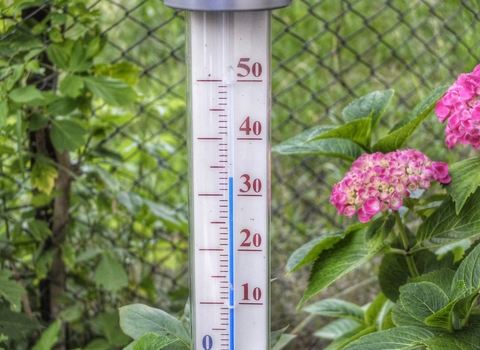Give a helping hand in a heatwave
With sustained periods of hot weather so rare in Britain, we Brits tend to go a bit mad, race for the seaside, light the barbecue and bask like lizards until we look like lobsters. However, the hot weather isn't a good thing for the wilting plants and thirsty creatures in the garden.
Here are some top ideas from Dr Cath Price to help your cherished wildlife garden survive the heatwave.
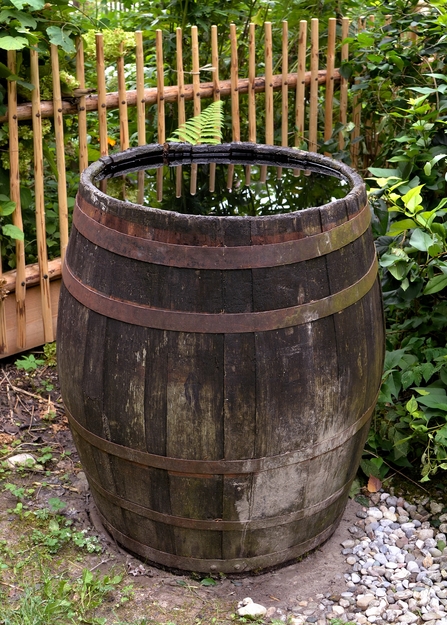
Keep on watering!
Hopefully you already have as many rainwater butts as possible! Rainwater is best for plants (apart from tiny seedlings), and free too. Use it sparingly though, as butts can run dry very quickly. Water only those plants that need it – recently planted specimens, productive vegetables, pots and hanging baskets. Don’t worry about the lawn. It might go brown if the hot weather continues, but it’ll soon green up again with a good shower of rain, so don’t waste precious water on it. Water late in the day, preferably when the plants are in shadow – this allows the water to penetrate to where it needs to be, rather than evaporating off the soil. If you’re using tap water, allow it to stand in the watering can for a while to ‘temper’ (warm up a bit), so it doesn’t shock the poor plants too. Watering cans are preferable to using a hose, as you can direct the water to exactly where you want it at the plants’ roots, and thereby waste less. I keep a big tub outside the kitchen door into which I throw water from washing vegetables and so on, so I have a supply for dousing hardier established plants like my pots of mint and chives.
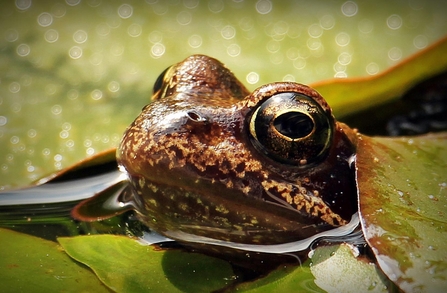
Don't let the pond go dry
Small or shallow ponds might start to dry up in a heatwave. Keep the water from one of those butts to top up the pond – tap water introduces nutrients which can lead to algal blooms. Amphibians, particularly frogs and newts depend on the shelter and water provided by ponds, no matter how big all small the pond is.
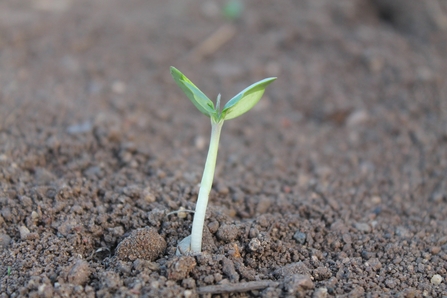
Create some shade
Unrelenting direct sunlight can cause some plants to scorch. Green shade mesh is useful to keep the worst of the sun off tender salads or seedlings. Make sure the bottom edge is taut and well pegged down to avoid inadvertently trapping hedgehogs or other creatures.
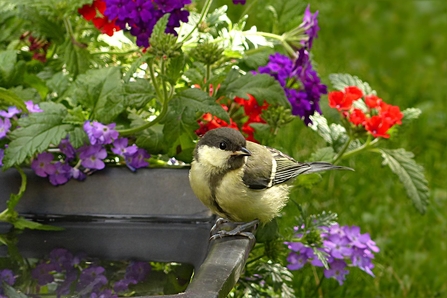
Water bowls
Seed-eating birds need clean drinking water, and all birds need to bathe to keep their feathers in top-flight condition. Bird baths should be topped up regularly – tap water is fine for this. Try a large plant saucer in summer as it’s easy to clean, but it does need refilling daily. If your birdbath is the sort that stands on a pedestal, don’t forget that other creatures need to drink too. A shallow dish on the ground allows access to hedgehogs and other small mammals. If you put a stone in the water with the upper side emergent, insects such as bees will be able to get to the water too.
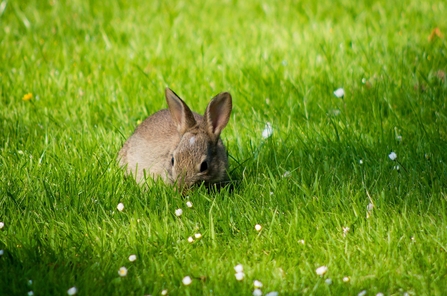
Let the grass grow
Leaving the lawn a bit longer will help it to survive drought and allows lawn flowers like daisies and clovers to bloom, which provides food for insects. Some garden lawns attract natural mowers too!
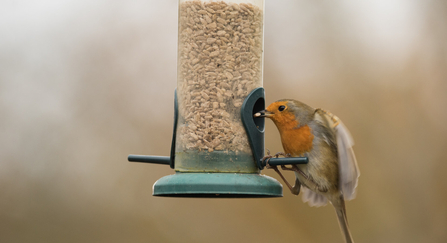
Robin on feeder (c) Janet Packham
Keep on feeding!
During the hot spell, offer seeds, dried fruit and dried mealworms, which all suit different types of birds. And please remember to regularly clean your feeders to prevent the spread of diseases like bird flu.

